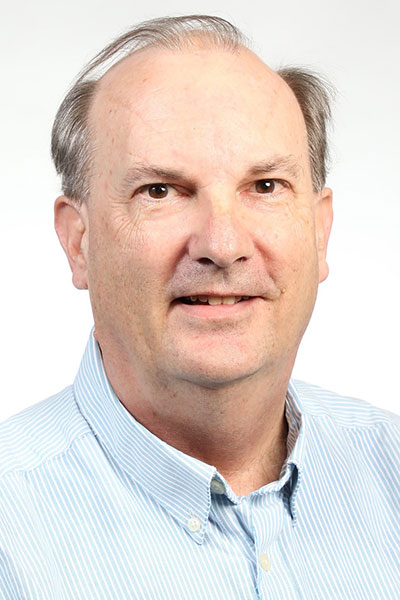2025 PRESENTER PROFILES
Genes and Microbes—Old Foes and New Revelations on the Road to Type 1 Diabetes
Saturday, June 21, at 3:15 p.m. CT
Room W192 A-C • McCormick Place Convention Center
Forecasting Type 1 Diabetes with Cord Blood Samples and Questionnaires at Birth

Eric Triplett, PhD
Professor and Chair,
University of Florida, Microbiology and Cell Science Department
What is your presentation about?
Using the Swedish ABIS general population cohort, cord blood proteomics and machine learning were used to predict future type 1 diabetes diagnoses with high accuracy (up to AUC=0.83). The Exploratory 384 panels were used to discover 32 proteins at birth that were significantly correlated with the future type 1 diabetes outcome as recorded in the Swedish health registry up to 23 years after birth. The dataset also included significant birth factors as collected in questionnaires including (1) family history of type 1 diabetes, type 2 diabetes, and asthma; (2) biological sex; (3) maternal illness in pregnancy; (4) psychotropics taken during pregnancy; (5) delivery mode; (6) demographics; and (7) environmental factors. The total cohort included 168 type 1 diabetes cases and 15,543 controls while proteomics data included 132 cases and 1,202 controls.
How do you hope your presentation will impact diabetes research or care?
Early prediction of type 1 diabetes is valuable for the efficacy of any current or future intervention. Here we show high accuracy of type 1 diabetes without any genetic testing or collection of samples from the infant. Cord blood samples, which are usually disposed of after birth, are the only samples needed, as well as answers to a questionnaire completed by the family. Genetics screening and gut microbiome data from infants at one year of age can further increase prediction.
How did you become involved with this area of diabetes research or care?
I was fortunate to be introduced to Prof. Johnny Ludvigsson over a decade ago. We have been working together ever since using his ABIS general population cohort. The analysis I will present was done expertly by my colleague, Dr. Angelica Ahrens, from the University of Florida.


